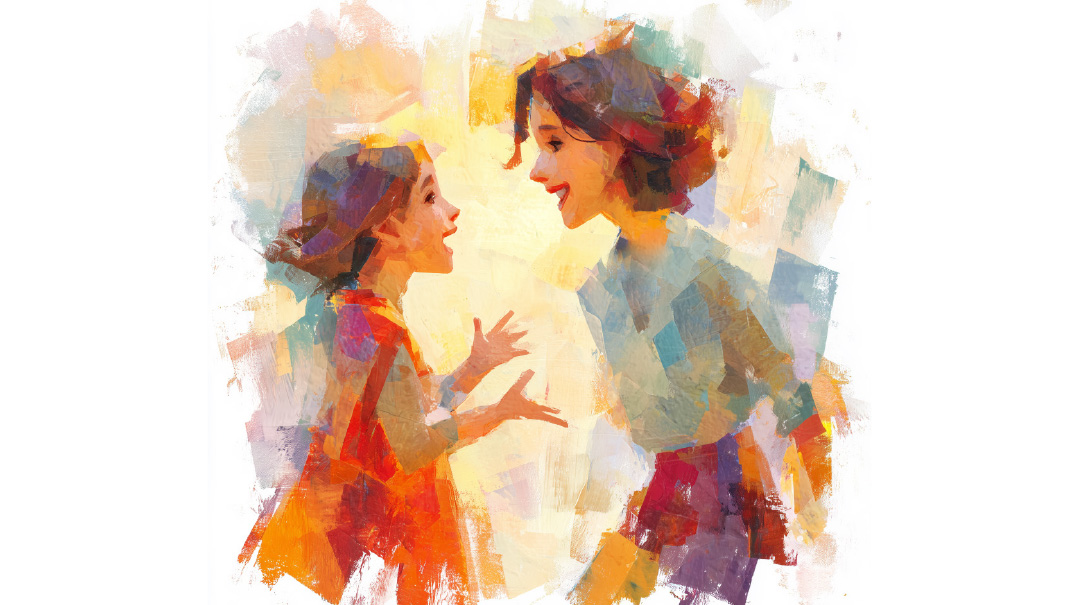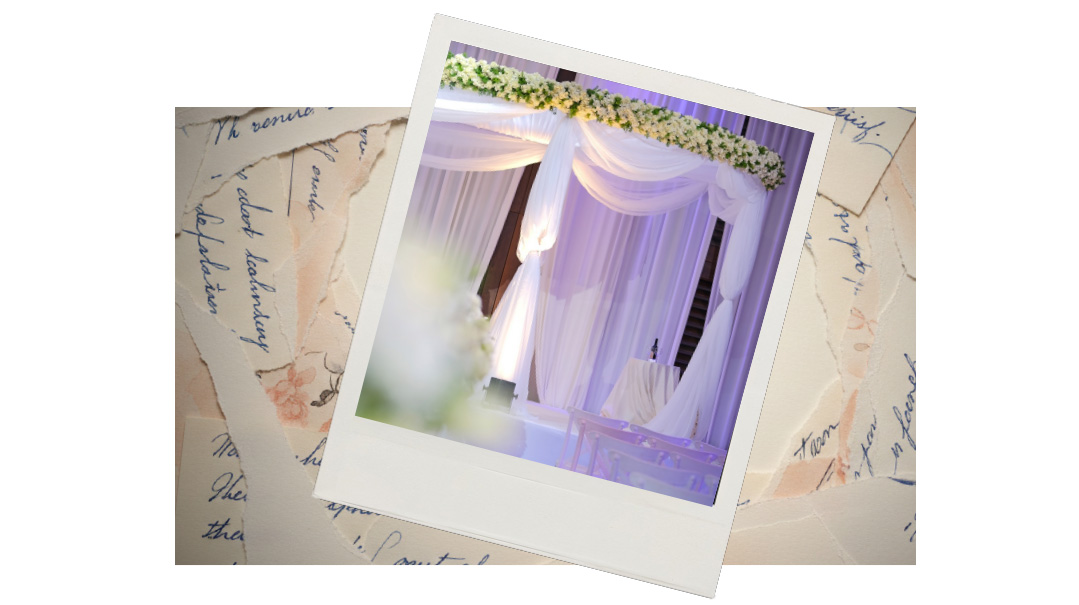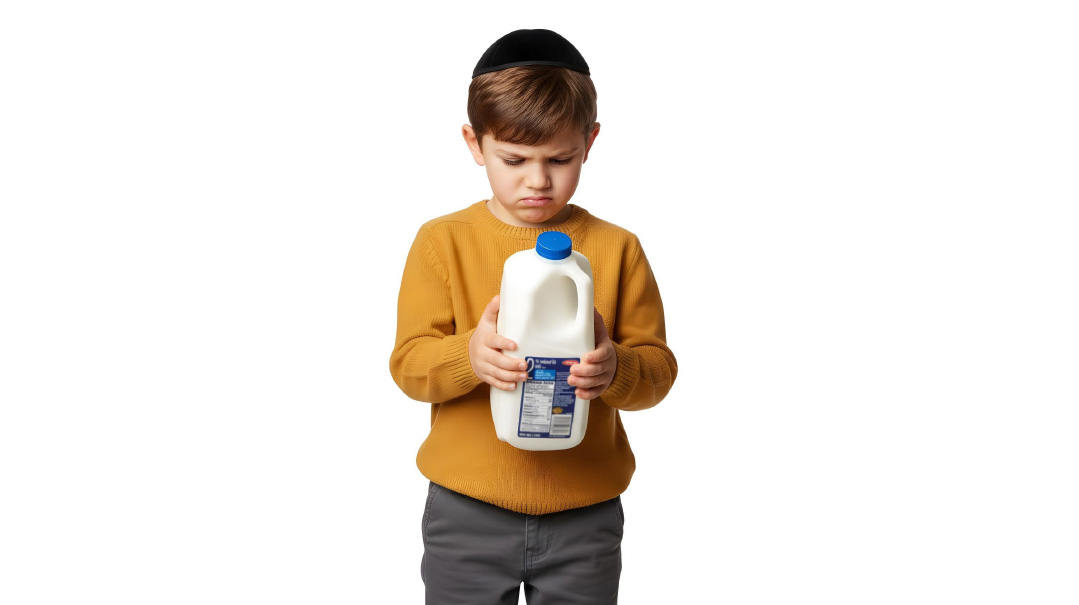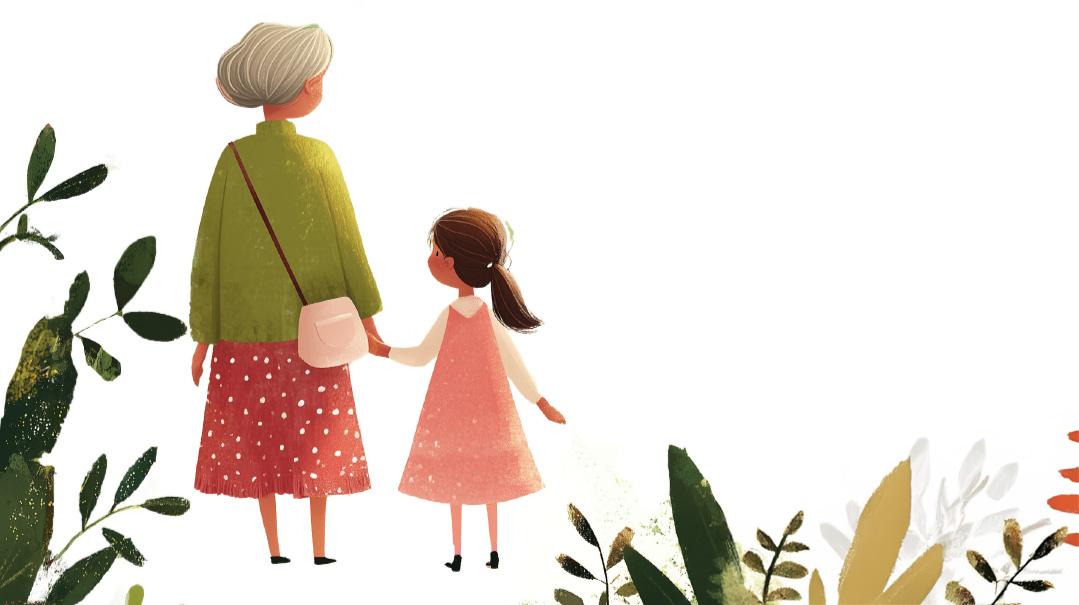Out on the African Veld
| July 16, 2024Back in the 1940s, there were many small Jewish communities dotting the landscape of South Africa
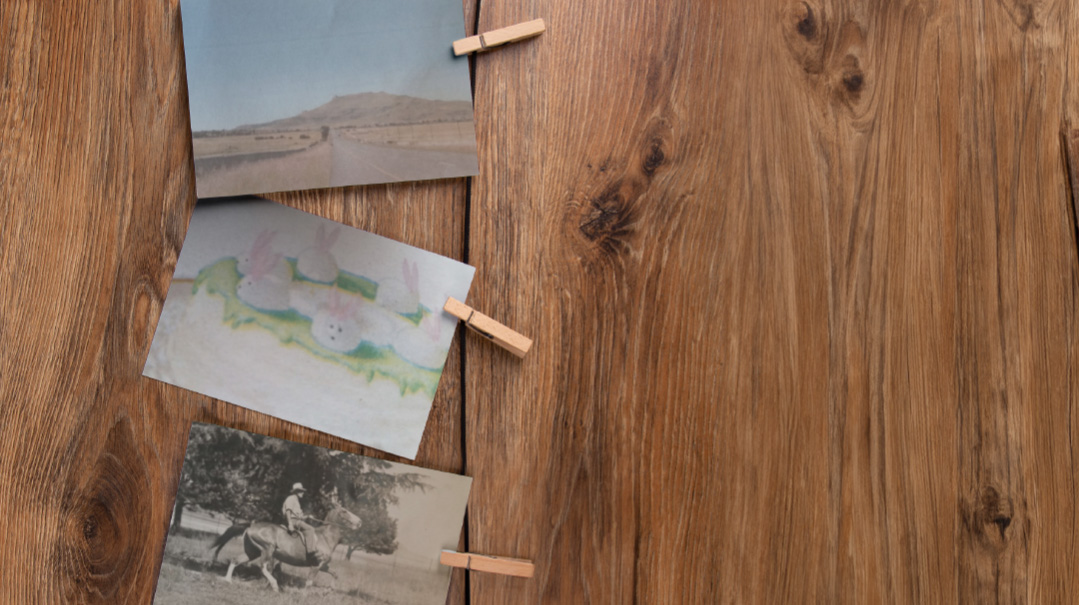
I have lived in many different places, in many different countries, but I still recall with affection my childhood in the African veld, living in the small, isolated village of Thaba N’chu, situated in the middle of the Union of South Africa.
Back in the 1940s, there were many small Jewish communities dotting the landscape of South Africa. Most of the immigrants hailed from Lithuania. Usually, a young man would come out first. If he had no money, he would sometimes start out as a “smous,” traveling with a backpack of goods, going on foot from farm to farm. The next step was to find a small village, with no commerce, and open a general dealer shop. Then he would bring out his family. In this way, village after village found themselves with a Jewish shop in their midst.
Some communities had more Jews, some less. Some consisted primarily of Jewish farmers, who lived in the surrounding area and came into town for Shabbos. Once the village grew large enough to host a regular minyan, a rav would be sent for from Lithuania, preferably one who was licensed for shechitah. The only doctor or lawyer in the dorp (“village” in South African vernacular) was usually a Jew, and a Jew was often elected as mayor.
In Thaba N’chu, there were three “General Dealer” shops, all owned by Jewish families. They sold everything from dry goods to canned food to dress materials. The fabric we bought would be transformed into garments by the local dressmaker, who seemed to know only one pattern for girls and one for women.
There were other businesses in Thaba N’chu — a bakery that didn’t sell kosher goods, and two hotels opposite each other. At the center of town, there was a telephone exchange office where a woman sat at a desk before an array of holes and plugs, managing all the incoming and outgoing calls. When I’d pass by the office to visit friends, I’d peer into the window to get a glimpse of the action.
My earliest memory is of a party, thrown by my mother in honor of my third birthday. The year was 1946. Shopping was limited in our village, so my mother made a special trip to the nearest big town of Bloemfontein (Dutch for “flower fountain”) to buy me a proper dress and toy for the occasion. I was proud of my one-and-only store-bought dress, a cotton print of pink roses, with a big bow. It was slightly too big, so I would “grow into” it.
All the Jewish children and their mothers came to my party, including the teenage girl who gave me piano lessons and my best friend, Diane Kaplan. We Jews stuck together — every family came to every simchah, whether it was a bar mitzvah, wedding, or child’s party. The children played on the large lawn, supervised by the teenagers, while the mothers chatted. My mother made an elaborate cake, adorned with green “grass” (coconut dipped into green food coloring) and small marshmallows in the shape of rabbits.
As the party drew to a close, my mother proudly brought out her newest acquisition, a Brownie box camera, the latest technology of the time. The ladies gathered around the contraption to see how it worked. First the “box” was opened, and a paper film was wound around two reels. Next, the lens was pointed at the subject and the visage appeared in the camera’s tiny glass window. A button was pressed on the side of the box, and the film wound to the next number. Weeks later, the film would be carefully removed from the opposite reel and sent to town where the photos were developed and mailed back.
With her camera in hand, my mother lined up all the children in three rows, with their mothers on either side. She wanted her guests to smile for the picture, but they all looked bemused and solemn. My determined mother brought out some bubble solution — a novelty in those days — and explained to Diane’s mother how to blow bubbles.
One by one, the bubbles began to appear. But the younger children, who had never seen such a strange phenomenon, burst out crying. “More bubbles!” my mother shouted, hoping that the children would eventually respond with giggles and smiles. Fresh bubbles rose up over the lawn, but the children only howled louder.
“The bubbles are making them afraid,” I wanted to say. “They don’t know what they are.” But in that day and age, children were told to be “seen and not heard,” so I remained silent. Eventually my mother gave up. She clicked the camera.
Later that night, my mother told my father how disappointing the photo shoot had been. Well, she needn’t have worried. When the film was developed weeks later, there sat the children in their neat rows. The lawn surrounded much of the photo. The small, blurry figures in the background gave no sign of tears, nor anything else. I still have the photo.
Oops! We could not locate your form.

